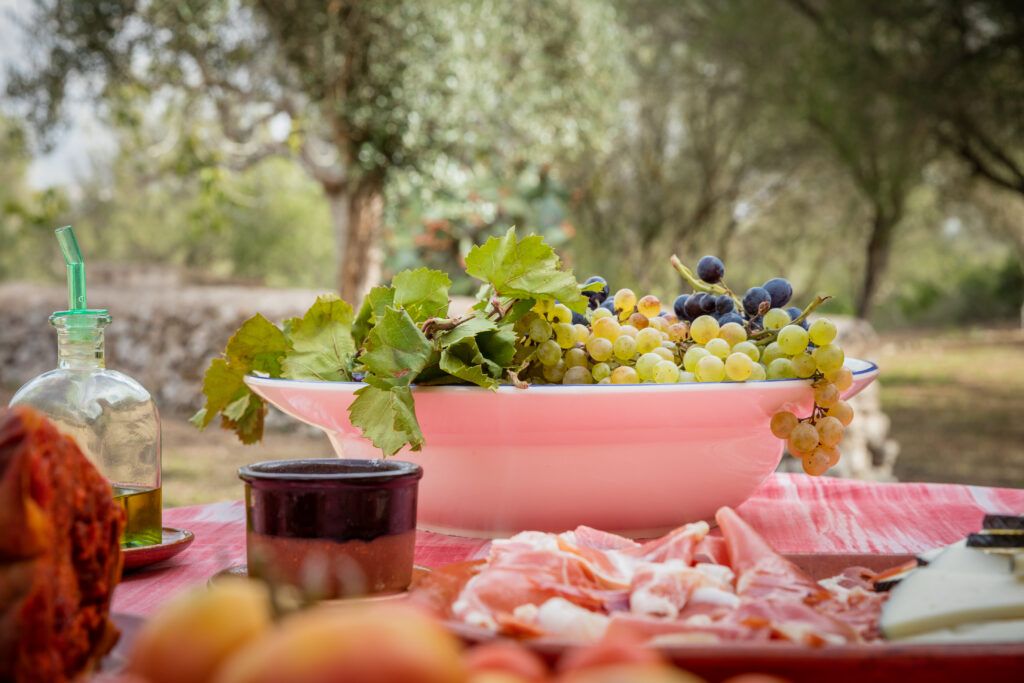
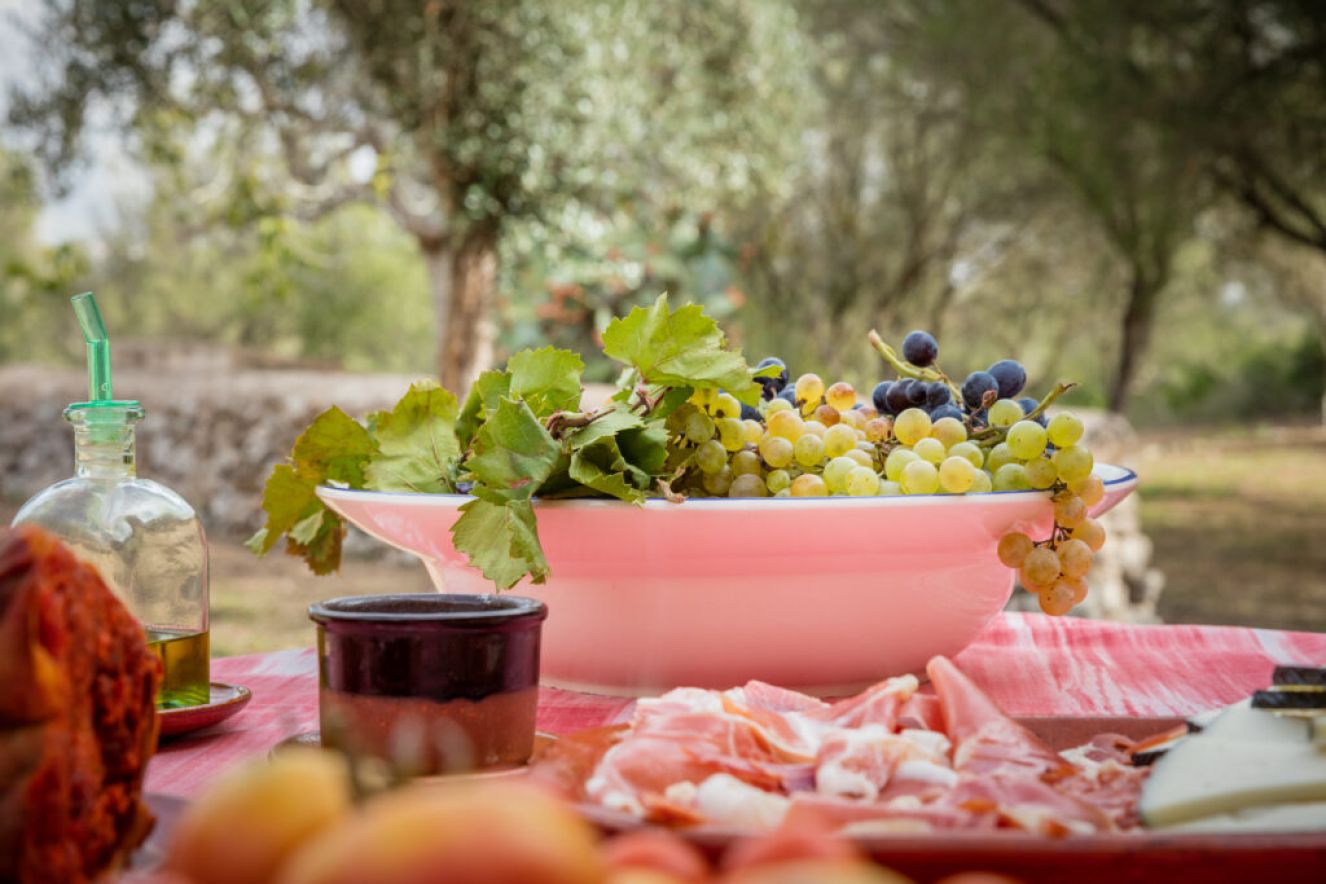
Micro Wineries of the Raiguer
The Raiguer region traces a corridor between Mallorca’s mountainous backbone and its inland plain. It is an area of transition — in climate, soils, and human scale. Here, vineyards are small, human-scale, often worked by families who see themselves as caretakers of the land rather than producers of mass-market bottles. What they lack in volume, they make up for in connection to place, experimentation, and hospitality. Below are three small wineries worth knowing that illustrate different approaches to the land. Then I’ll share tips on how to visit them (or others nearby) without needing a car.
Microceller Son Crespí (Santa Maria del Camí)
The project & people
In a quiet corner near Santa Maria del Camí, Microceller Son Crespí is a compact, artisanal winery run by two wine lovers who have turned their ancestral land into a small, ecological cellar. Their wines whisper of limestone, subtle parcel differences, and hand-harvested vines. They focus on low-intervention, ecological/organic methods, as well as small batches. Private tastings invite you into their home and vineyard, much like a dinner with vintners.
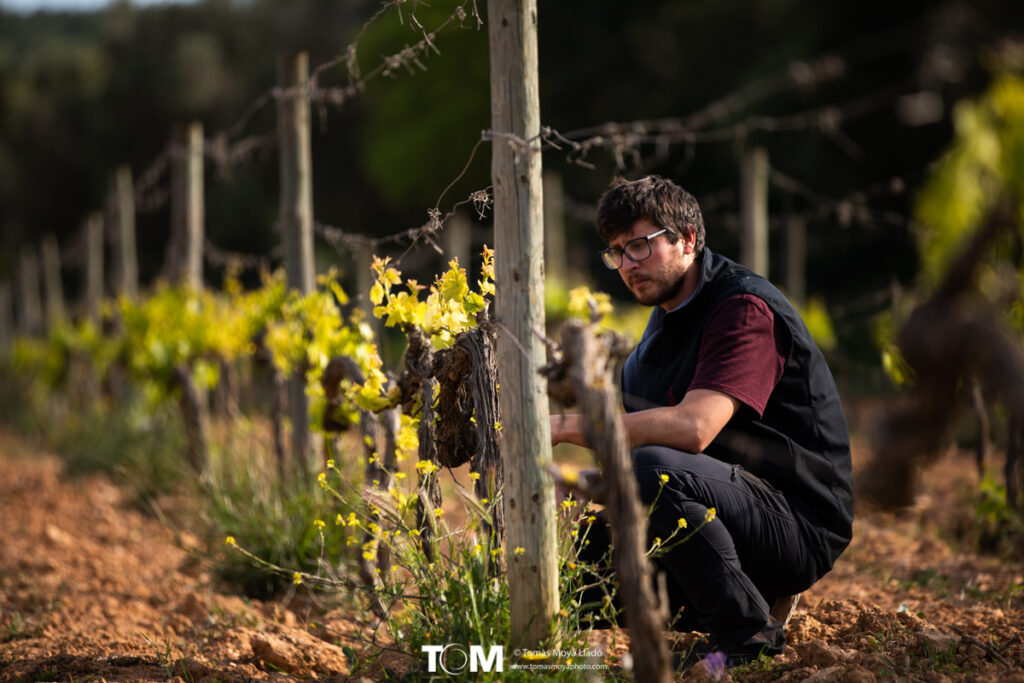
Soil & site story
Their vines sit on soils typical of the Raiguer interior: calcareous, rocky, with good drainage. The microceller emphasizes the microclimate and soil differences within their small parcel. Because their scale is small, they can tailor treatments by sub-plot, paying attention to subtle differences in vine vigor, exposure, and soil depth.
What to taste / highlights
As a small operation, they typically offer their own estate wines (white, rosé, or red) done with minimal additions. Because of their scale, expect a few cuvées, perhaps experimental lots or limited editions.
Visiting notes
Best to book in advance (they work privately).
The tasting experience is personal, often led by one of the owners or caretakers.
Because it is small and hidden, you may need a short walk from nearby roads.
It lies between Santa Maria and the Raiguer corridor, meaning it is somewhat accessible by public transport, as well as by walking or biking.
Bodega AVA Vi (Biniali / Raiguer)
The project & people
AVA Vi is a family artisanal winery in the Raiguer heart, with about 7 hectares (ha) under vine. They emphasize local varieties and have grown in reputation for offering rich tasting experiences in a rural, authentic setting. They offer structured “visits” with tastings of multiple wines, pairing with local products, and guided tours.
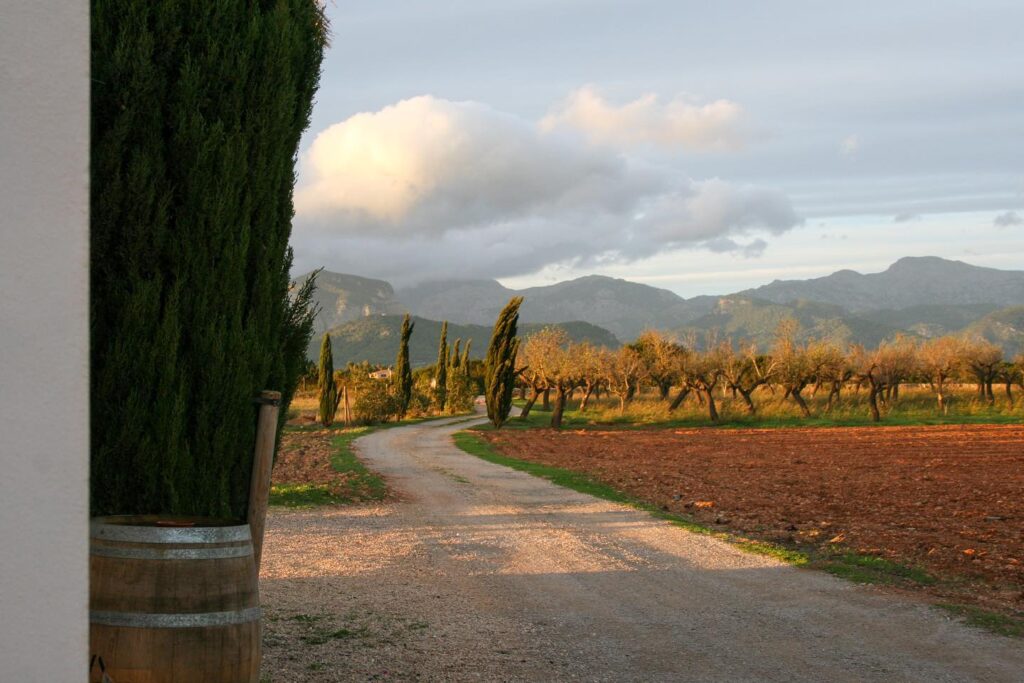
Soil & site story
In Biniali, the AVA Vi family has carved out about 7 ha of vines that balance soil, slope, and variety. Their soils tend to be Mediterranean limestone/marl mixes, with modest fertility and good drainage conditions that favor concentration and varietal expression. Because their vineyard is modest in size, they can monitor individual plots and adapt viticultural choices (pruning, canopy, organic inputs) more closely.
What to taste / highlights
Their tastings often include local grapes (such as callet, manto negro, possibly white varieties like Prensal) and showcase both fresh, younger wines and more mature styles. Expect 4–6 wines in a tasting format, accompanied by explanations and typically local food pairings (such as cheeses, olives, etc.).
Visiting notes
The “Visita Es Raiguer” by AVA Vi is priced (approx. €50 / person, subject to change).
Because it's relatively small and rural, transportation is more challenging — see the section below for mobility options.
They are part of the “Surroundings — Island of Wines” network in Mallorca, which means they are connected to wine route circuits.
AVA Vi is situated in Biniali (Camí Vell de Muro, Polígono 9, Parcela 40) in the Raiguer zone.
Bodega Ribas (Consell, in Raiguer territory)
While larger than a micro-celler, Ribas retains deep roots in the Raiguer’s wine heritage. It's a historic, modestly sized winery in Consell that offers a compelling blend of tradition, local identity, and accessibility on a scale that's still manageable.
The project & people
Ribas is a family-run establishment that preserves its centennial cellars. They have expanded somewhat over time, but still retain a strong sense of local rootedness.
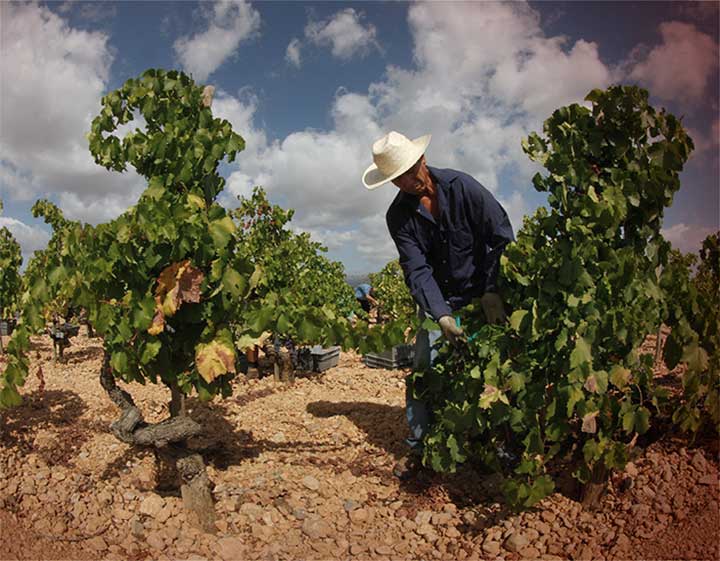
Soil & site story
The Consell area has deep soils over calcareous subsoils, with moderate clay content, which imparts structure to the wines. Their vineyards are often situated on gentle slopes that receive good sun exposure, with soils that strike a balance between fertility and stress. (General wine literature in Mallorca attributes these traits to many vineyards in the Raiguer / Consell zone.) Ribas also pays attention to conserving old vineyards and adapting clones, while maintaining some old vine plots.
What to taste / highlights
Ribas offers a range from young fresh wines to more aged cuvées. Their tasting tours allow visitors to sample their portfolio in their centenary cellars. Because their scale is larger than the micro-wineries above, they offer more structured tours and better visitor infrastructure (parking, signage).
Visiting notes
They receive many visitors, so booking ahead is recommended.
They are relatively accessible from the Raiguer interior by local roads.
As a more established winery, they often appear in wine-route itineraries, which simplifies planning.
Tips for Planning Tastings Without a Car
| Getting There | Pros & Cons |
| Train + Bike / Walk | Some wineries lie near the Palma–Inca train line or local rail stops. You could get off at the nearest station and cycle or walk small distances to vineyards. |
| Local wine-route shuttles/circuits | Look for small-group or boutique wine tours that run from Palma, using minibuses or even electric vans. These often include transportation + guided stops. |
| Bike tours/e-bike | Mallorca has become more e-bike-friendly. You could take public transport and rent an e-bike to reach the vineyards, if the distances are manageable. |
| Public bus + taxi / local taxi | Use the public bus network to get as close as possible, then consider hiring a local taxi or ride-sharing service for the final leg. |
Useful Tips
Stay in a central wine village (such as Inca, Consell, or Binissalem) and make day trips using local transportation, along with walking or cycling.
Always check opening hours / whether a reservation is required (many micro-wineries offer private visits by appointment only).
Ask wineries whether they offer pick-up/drop-off from nearby villages or train stations (some smaller ones might accommodate or suggest meeting points).
Plan a route so that each next winery is reachable from the prior point, minimizing “dead distance.”
Bring a map (or a GPS device) of rural roads, as signage can be minimal.
In the summer, start early (vineyard heat can cause tours to close early) and avoid driving during the hot midday hours.
Pair the wine-tasting route with local meals or stops in villages to break up the transfers.
For more information visit the Illes Balears website.
Author
-

The Best of Mallorca team is made up of people who are in love with Mallorca, each with unique experiences and insights to share with you. From adventure, to gastronomy and lifestyle their hobbies and interests range far and wide. They are passionate about turning your time in Mallorca into meaningful memories and bringing you inspiring ideas to enjoy this beautiful island.
View all posts

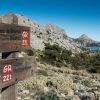
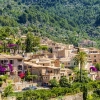
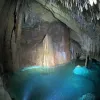
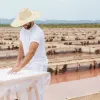









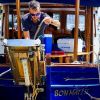

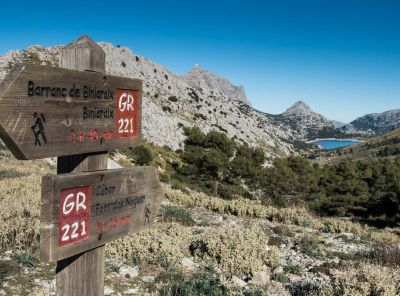
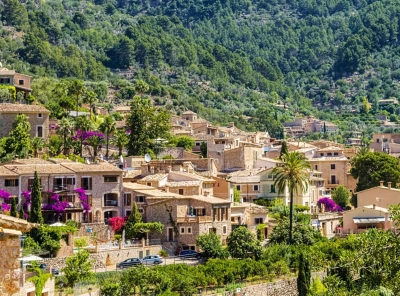
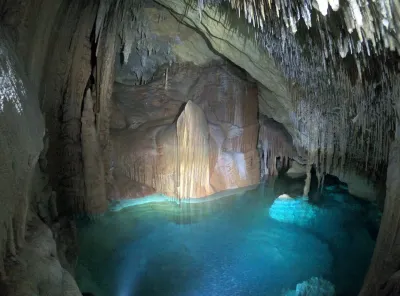
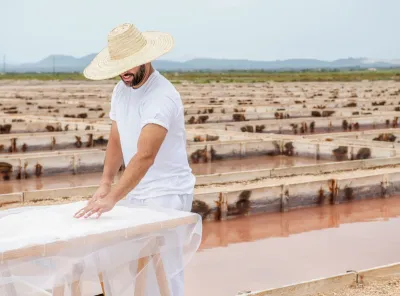
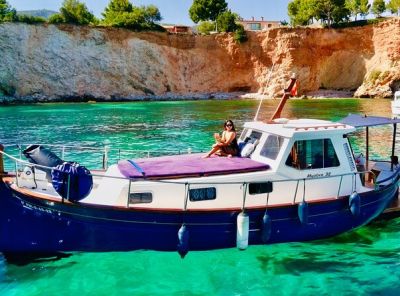

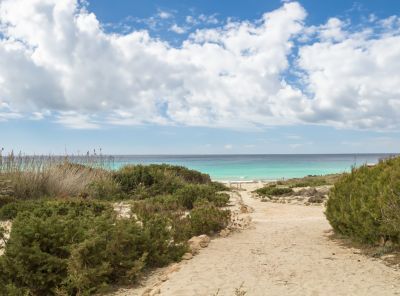
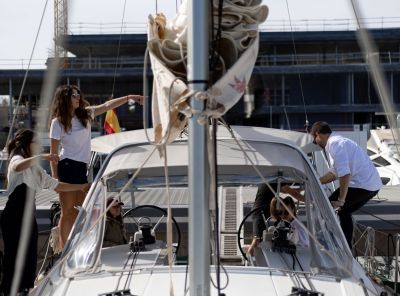
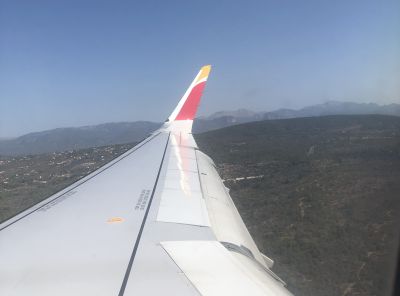
Leave a Reply